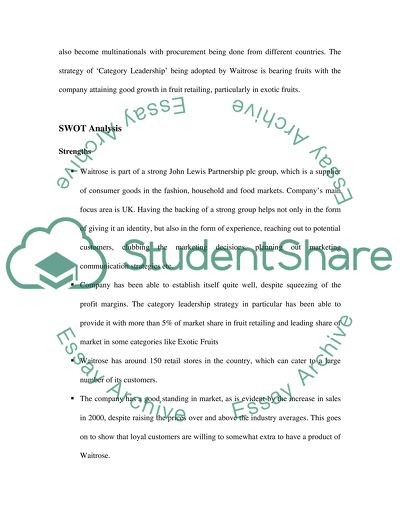Cite this document
(“Type of a Diversification Strategy on the Part of Waitrose Research Paper”, n.d.)
Type of a Diversification Strategy on the Part of Waitrose Research Paper. Retrieved from https://studentshare.org/marketing/1508293-strategic-marketing-case-study-analysis-essay
Type of a Diversification Strategy on the Part of Waitrose Research Paper. Retrieved from https://studentshare.org/marketing/1508293-strategic-marketing-case-study-analysis-essay
(Type of a Diversification Strategy on the Part of Waitrose Research Paper)
Type of a Diversification Strategy on the Part of Waitrose Research Paper. https://studentshare.org/marketing/1508293-strategic-marketing-case-study-analysis-essay.
Type of a Diversification Strategy on the Part of Waitrose Research Paper. https://studentshare.org/marketing/1508293-strategic-marketing-case-study-analysis-essay.
“Type of a Diversification Strategy on the Part of Waitrose Research Paper”, n.d. https://studentshare.org/marketing/1508293-strategic-marketing-case-study-analysis-essay.


